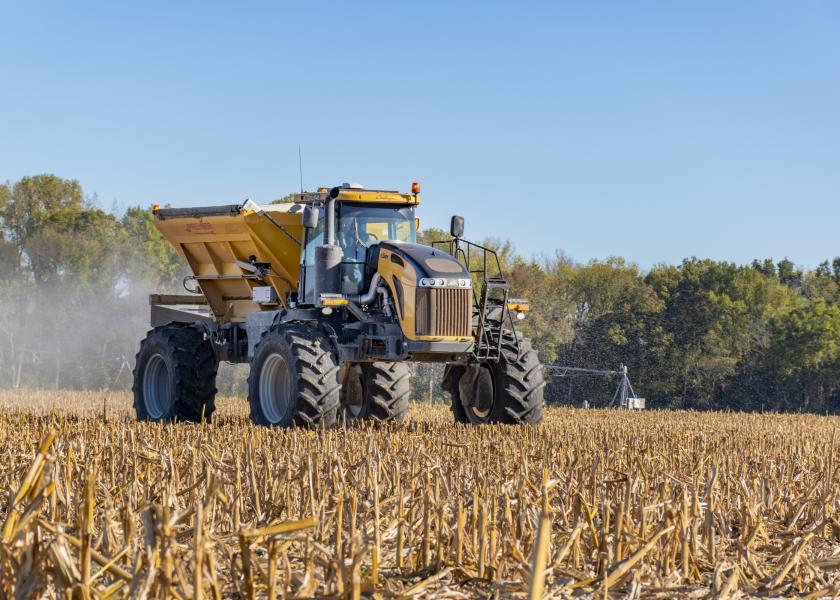3 Ag Investments in the Latest Biotech Executive Order

Of the many supply chain headaches brought on by the COVID-19 pandemic in 2020, international trade was arguably one of the worst. Ports and manufacturing plants slowed to a standstill, disrupting production on a global scale.
An executive order on biotechnology and biomanufacturing was signed into law by President Biden on Tuesday to mitigate these headaches now and in the future.
American farmers, according to the Biden administration, will be offered “support” through the executive order as it works to:
• Grow domestic biomanufacturing capacity
• Expand market opportunities for bio-based products
• Drive research and development (R&D) to solve challenges
• Train a diverse skilled workforce
• Advance biosafety and biosecurity
The American Soybean Association (ASA) applauded the action, stating in a press release that the order will give the ‘bioeconomy’ new support. ASA President Brad Doyle says the new executive order will also contribute to regulatory reform in ag biotech.
“This announcement puts in place steps that will help our industry continue to use soybeans to develop innovative, sustainable products that can help lower greenhouse gas emissions and create more jobs for not only agriculture but all Americans,” he said.
ASA believes the initiative will help to better develop a market that is reliant on modern biotechnology.
What This Means for Ag
On Wednesday, the White House hosted a summit on the initiative. Cabinet agencies announced a range of new investments and resources that will come from the executive order:
1. $500 million made available in summer 2022 to support American fertilizer production.
2. $68 million to "promote safe innovation in ag and alternative products", according to the White House brief. USDA announced in March 2022 to train the next generation of research and education professionals.
3. $270 million to build supply chain resilience through 1 billion tons of bio-based materials, such as fuel and chemicals.
At the time of the fertilizer announcement, USDA Secretary Tom Vilsack, said the need for America-made products, particularly fertilizer, is now.
“Recent supply chain disruptions from the global pandemic to Putin’s unprovoked war against Ukraine have shown just how important it is to invest in this crucial link in the agricultural supply chain here at home,” says Vilsack. “We are working to rebuild the economy towards resilience, security, and sustainability, and this is part of that effort.”
Assessing Ag's Needs
To further understand bio-based needs, the executive order tasks cabinet members with writing a report to showcase their sectors biotech and biomanufacturing needs.
According to the order, Vilsack will report on Ag's needs in:
• Land conservation
• Food quality and nutrition
• Yields
• Pests and diseases
• Alternative food sources
Cabinet leaders will also work together to develop best cybersecurity for each sector, per the Biden administration's orders.
More on funding for ag:
American-Made Fertilizer on the Horizon in 2022
How USDA's $2.8 Billion Climate-Smart Investment Might Impact Your Operation
Fertilizer Movement Already Being Hit by Looming Rail Strike







